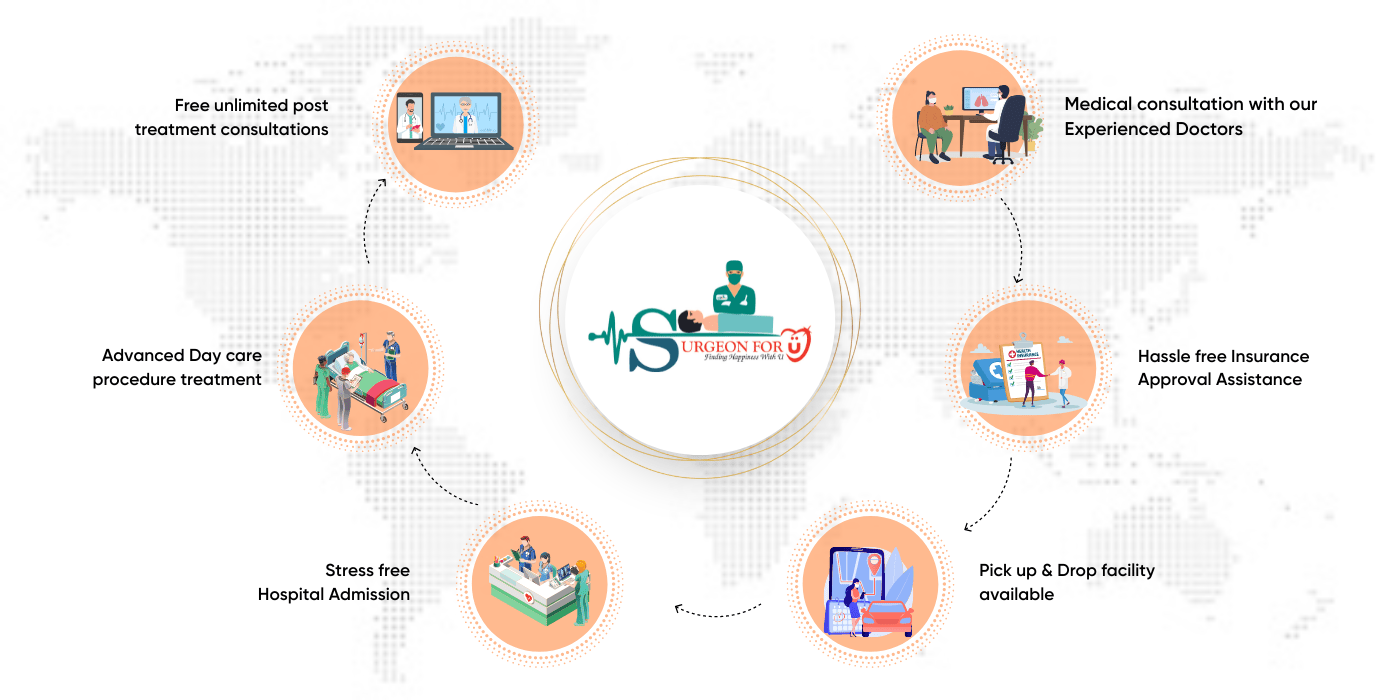Home / Urology / Hydrocele
A male’s scrotum swells as fluid fills it, resulting in a hydrocele. Although it is not a serious health concern, it can be painful and unsightly. Male infants are more likely to have hydroceles than adult males, however the condition can be treated.
Types of hydrocele
Both communicative and non-communicating hydrocele exist.
communicative: This particular sort of hydrocele interacts with the fluids in the abdominal cavity. A communicative hydrocele is brought on by the processus vaginalis failing (the thin membrane that extends through the inguinal canal and extends into the scrotum).
non-communicating: In this form, the inguinal canal did close, but the scrotum still has excess fluid that is encircling the testicle. This issue may be present at birth or may appear unpredictably years later. Typically, a non-communicating hydrocele stays the same size or grows extremely slowly.
Treatment procedures
The hydrocele cannot be treated with medication.
Typically, a hydrocele does not require surgical surgery. Usually, a hydrocele disappears on its own between the ages of six and twelve. In order to avoid more difficulties, the hydrocele must be surgically corrected if it does not go away on its own.
Our Expert Doctors
Why choose Surgeon for u ?
24/7 Advanced care
Highquality Surgical procedures
Specialised services

Day Care Procedure

Insurance Assistance

Advanced Technology

QUICK LINKS
Patient Reviews
FAQ’s
About Us
Services
Contact Us
Blog
Online Consultation
CENTERS OF EXCELLENCE
Proctology
Laparoscopy
Vascular
Urology
Gynaecology
Opthamology
Orthopedics
TREATMENT PROCEDURES
Laser Piles
Breast implant
Varicose veins
Hair transplant
Hemorrhoids
Circumcision